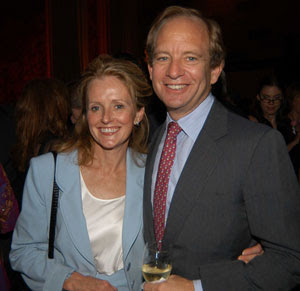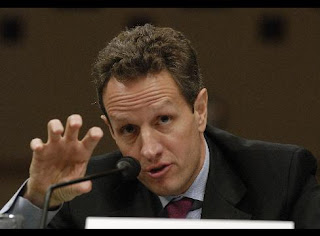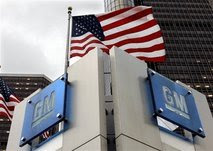
Article from The Detroit Free Press-GM Chrysler Merger part of Chrysler's Viability Plan!
Chrysler LLC, which is pushing forward on an alliance with Italian automaker Fiat SpA, said it believes a partnership with General Motors Corp. is still the "best option for the U.S. auto industry."
The comments came in Chrysler's restructuring plan filed late Tuesday with the Obama administration.
In the plan, Chrysler, which has already received $4 billion in federal loans, details its restructuring efforts, which include the elimination of 3,000 jobs and three vehicle models, as well as its request for $5 billion more in federal loans.
But Chrysler's plan also points to consolidation among U.S. automakers as a way to sustain the industry.
GM., which received $13.4 billion in federal loans, did not express that sentiment in its restructuring plan filed Tuesday.
Sen. Bob Corker, R-Tenn., who has been a critic of the domestic auto industry, said it's clear that Chrysler's best option is to partner with another automaker.
"Whether it's with Fiat, or whether it makes sense to talk about GM, a merger is their best chance for survival," he said in an interview with the Free Press.
Chrysler hints at a "strong need for industry consolidation, as it notes a merger with GM would create more value than a standalone Chrysler or Fiat alliance," Barclays Capital analyst Brian Johnson said in a note to investors Wednesday.
The Auburn Hills automaker is clear that the savings from a GM-Chrysler partnership would be at least five times more than what a deal with Fiat would offer.
Chrysler has said that discussions about such a partnership, which gained steam last fall before the two automakers approached Congress for aid, were taken off the table by GM.
But as GM and Chrysler approach the government for more money, decisions about the future might not be in their hands alone. Johnson said he expects government aid will continue, "with perhaps the condition of a merger of Chrysler into GM."
However, Corker said it wasn't clear whether a GM-Chrysler pairing would make sense, given the need for GM to cut jobs, plants and brands.
"If you look at what GM is trying to do, which is simplify, does it make sense to add to it?" Corker said. "It's a question that needs to be asked in light of the changes that have occurred."
A merger between GM and Chrysler would generate at least $36 billion in cash and boost operating earnings by $40 billion, Chrysler said.
Savings would come from combining purchasing power, as well as operations for manufacturing, sales and marketing research and development and corporate staffs.
The prospect of a GM-Chrysler merger met criticism across the Midwest, where one study said the combination would cost 35,000 jobs, including as many as 25,000 jobs in Michigan alone.
Promoting a plan that would lead to thousands of job cuts could be a political landmine.
In its plans to the government Tuesday, GM said it plans to cut 47,000 jobs worldwide this year while Chrysler plans 3,000.
And the tally could rise if either automaker is forced to file for Chapter 11 protection.
"The prospect of losing 25,000 jobs in a consolidation between General Motors and Chrysler seemed outrageous in October. Right now, it seems like the best-case scenario," said Patrick Anderson, principal at the East Lansing-based Anderson Economic Group, which studied the potential merger. But Anderson said amid weak vehicle sales, it would be harder to realize all of the cost savings a merger would ordinarily deliver.
David Cole, chairman of the Center for Automotive Research in Ann Arbor, said a Chrysler-GM combination is unlikely. But as the market improves, the two companies could team up to reap at least a portion of the cost-savings a merger would have delivered.
"I'm not convinced that that's off the table forever," Cole said.
Contact JEWEL GOPWANI at 313-223-4550 or jgopwani@freepress.com. Free Press Business Writer Justin Hyde contributed.





















